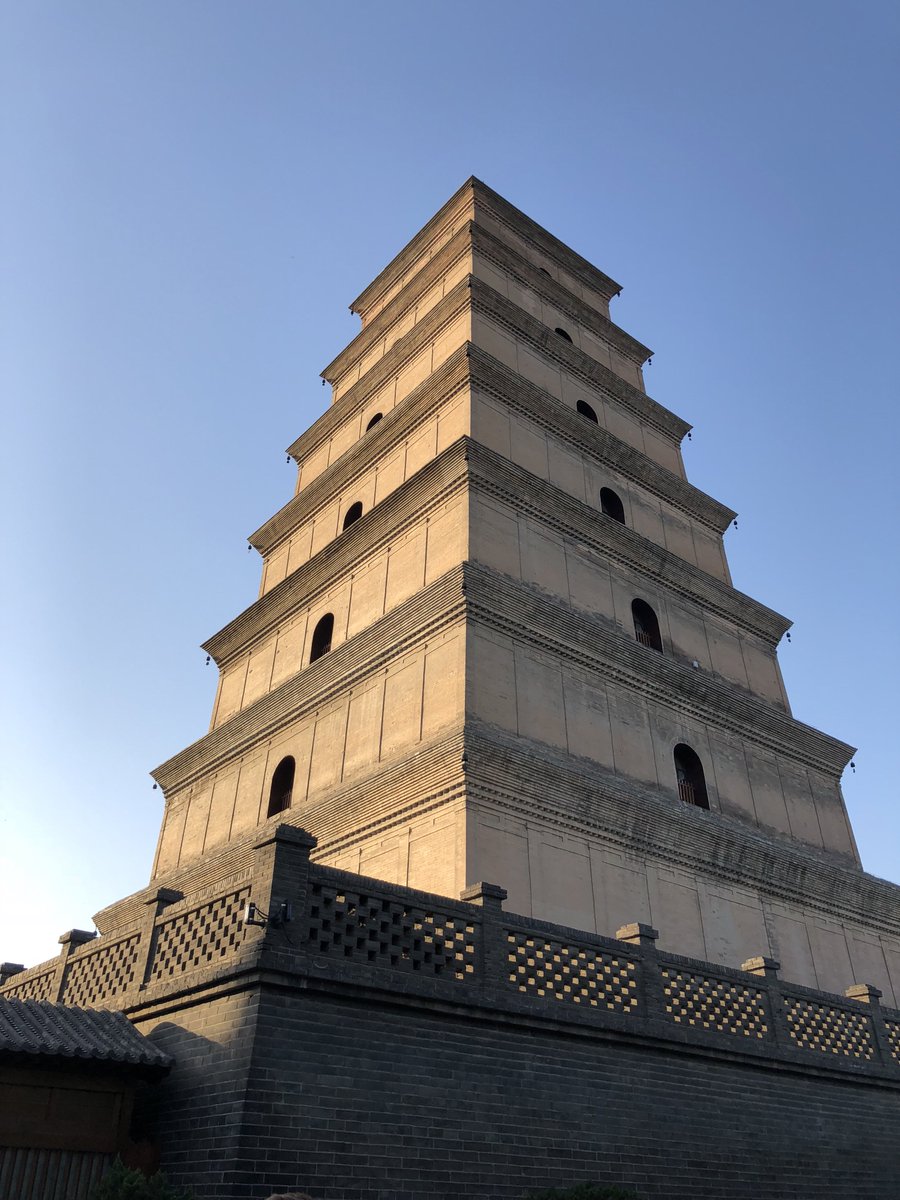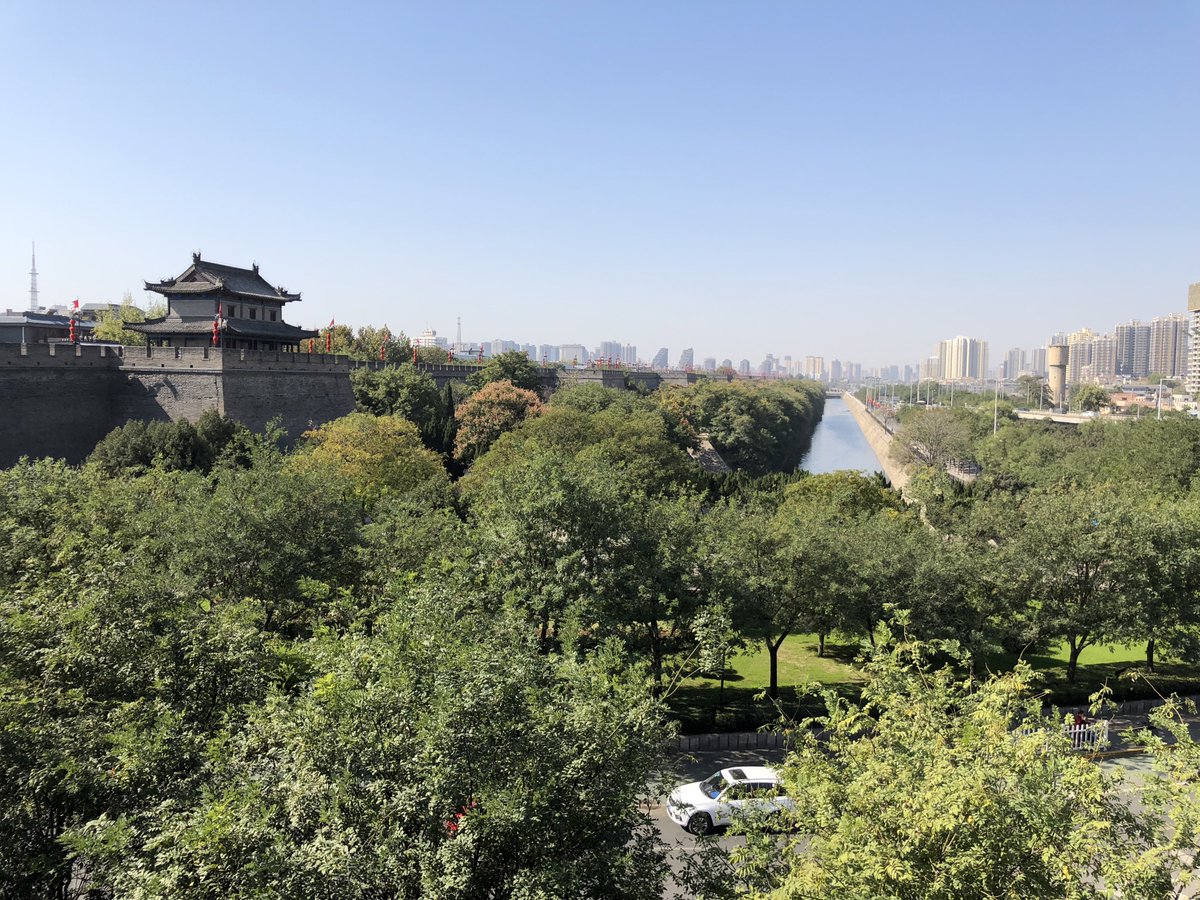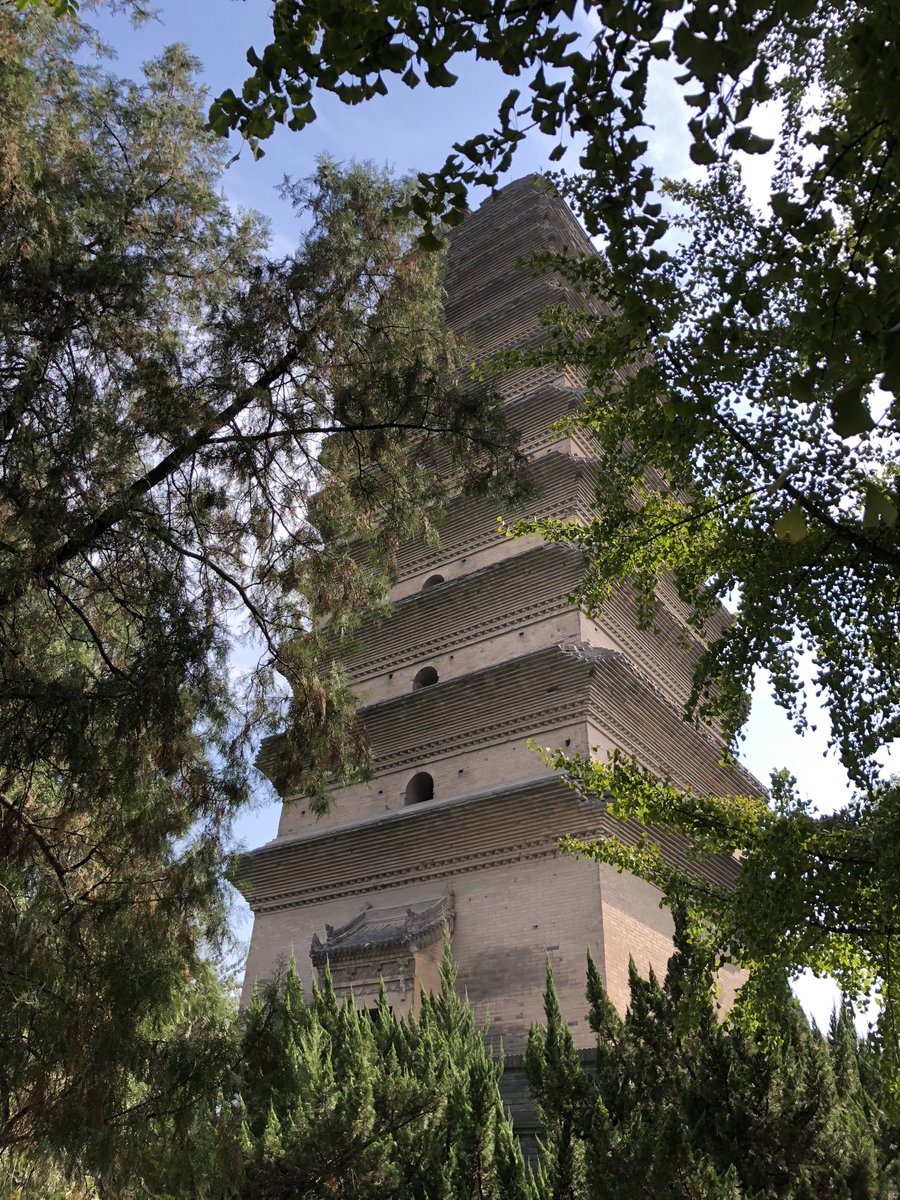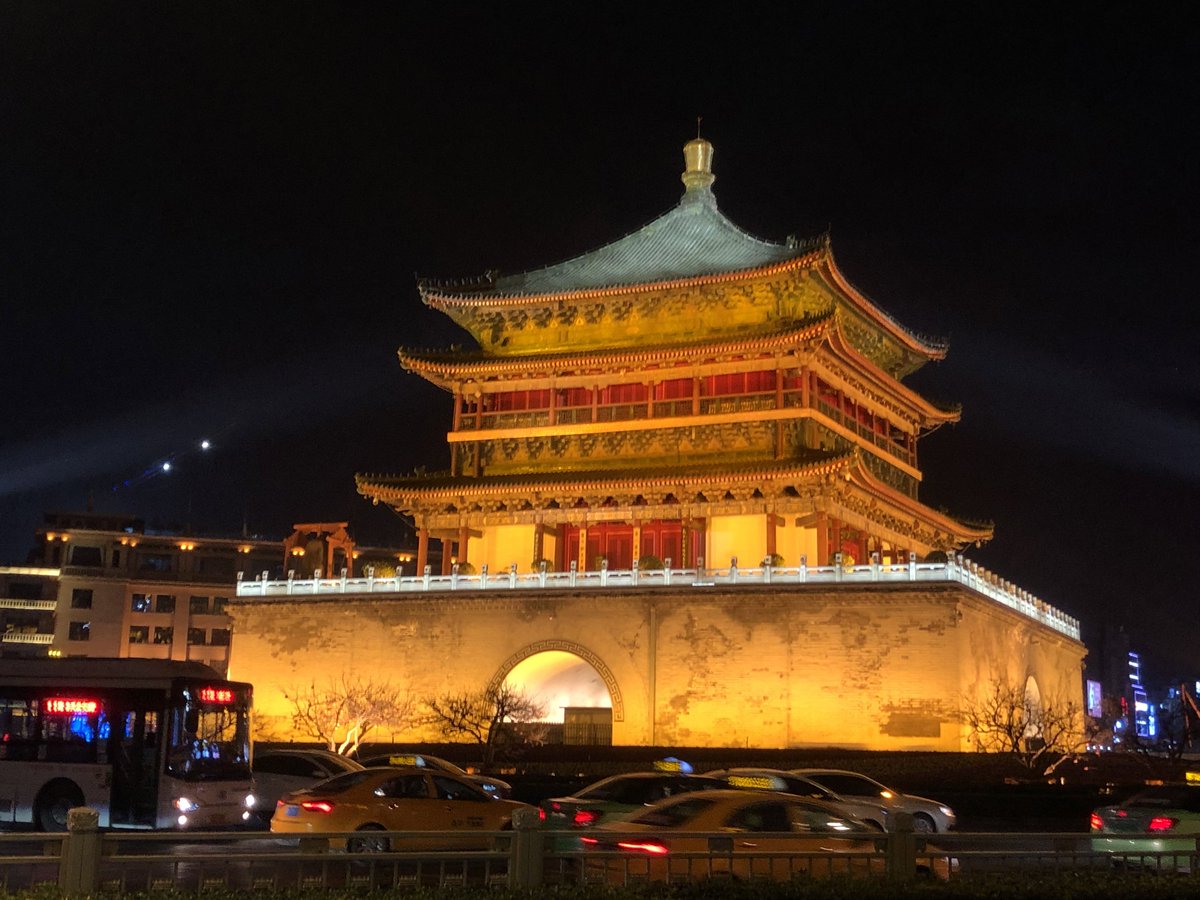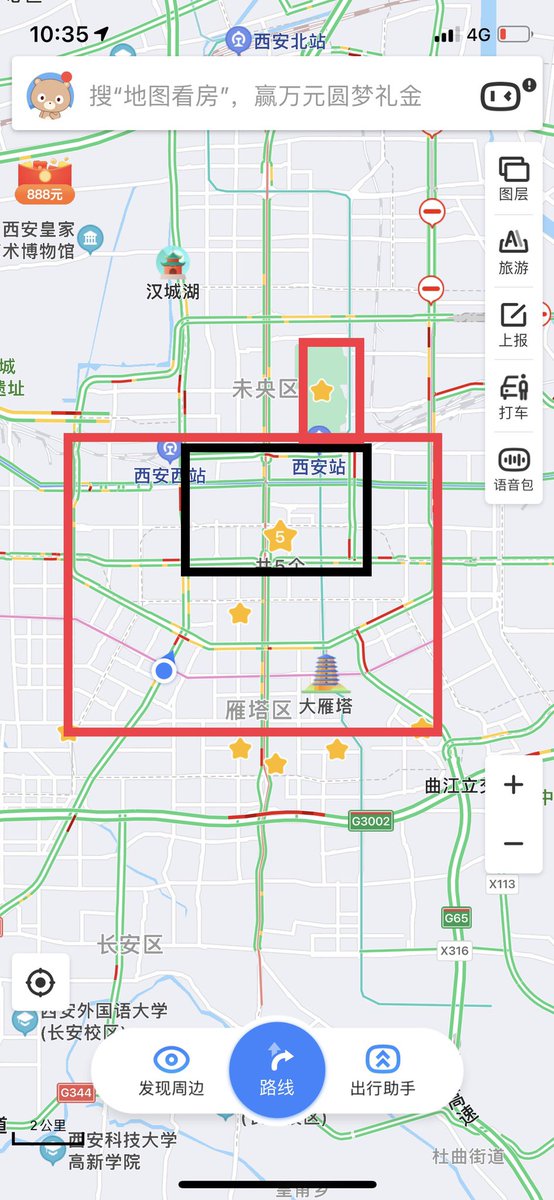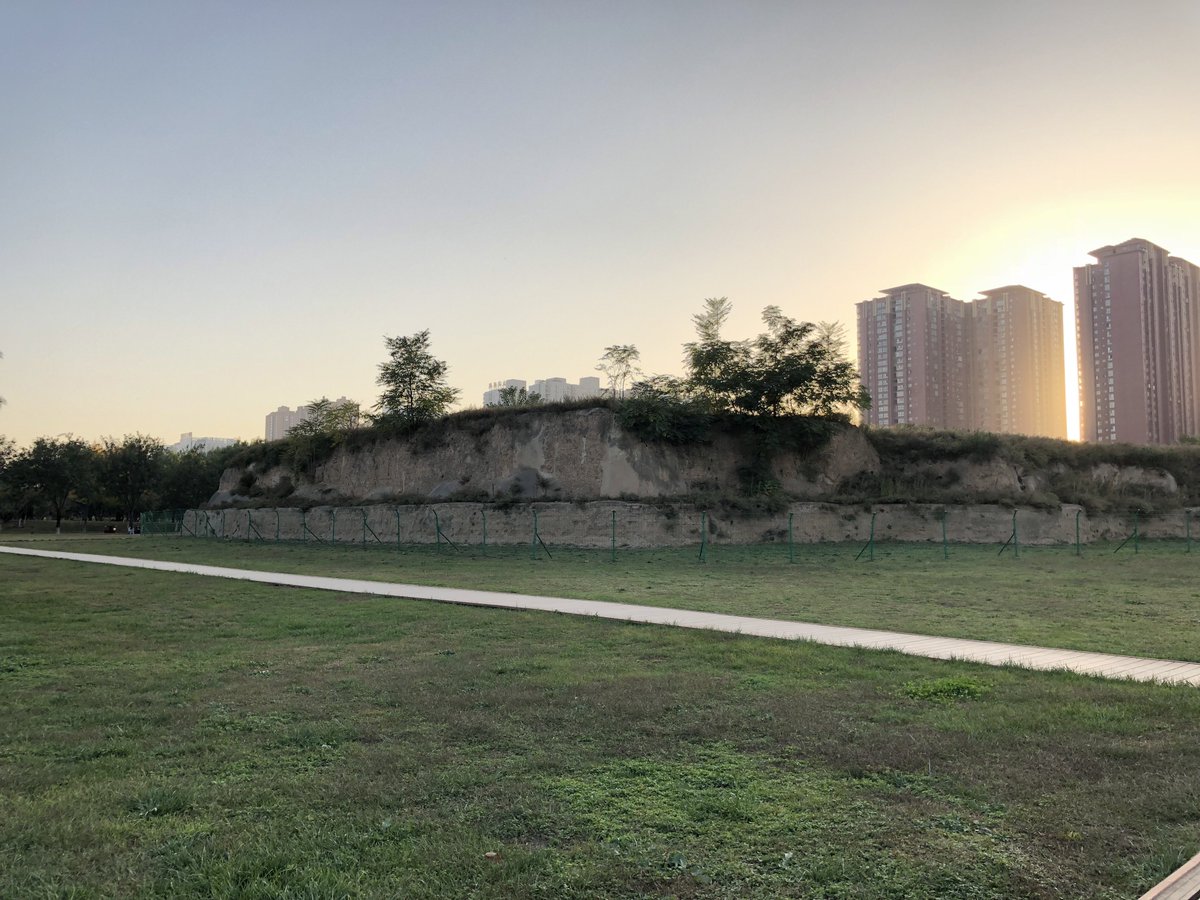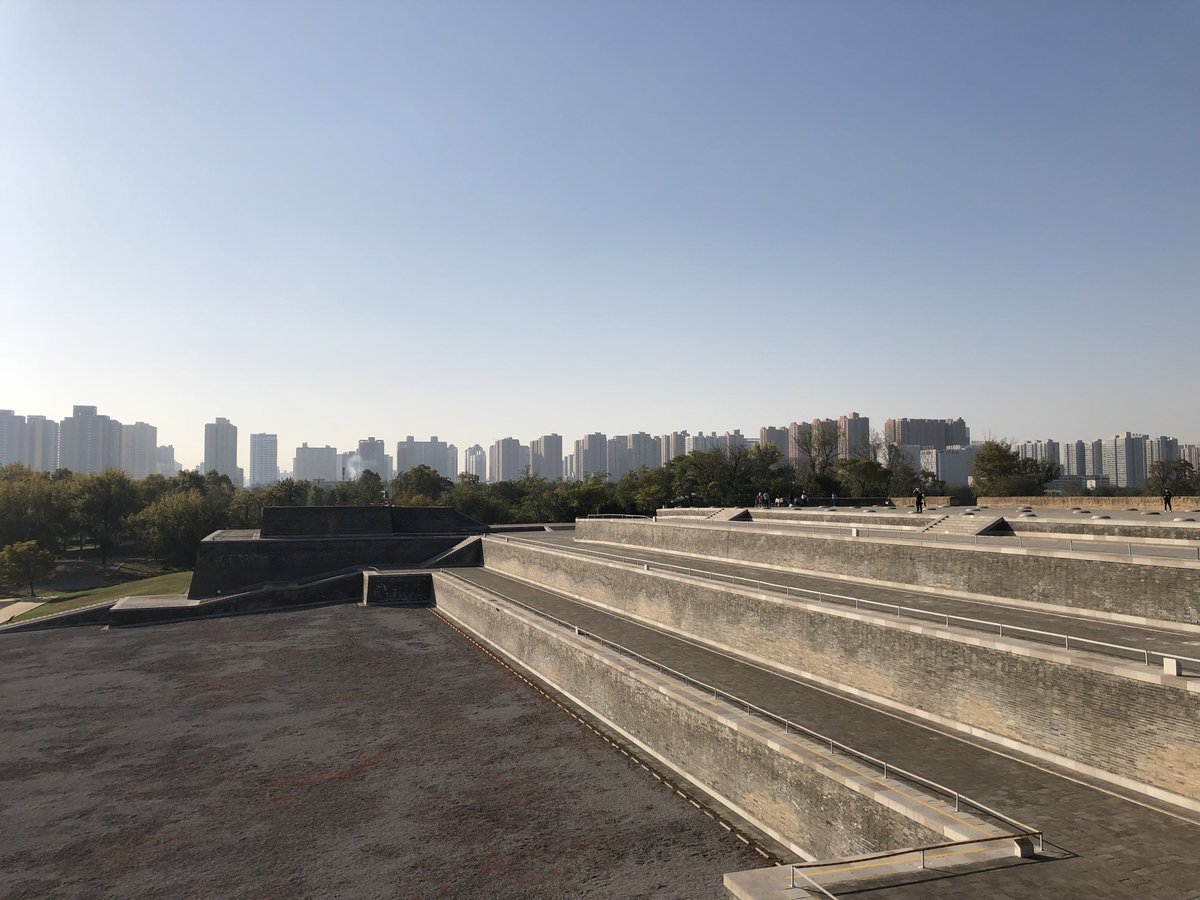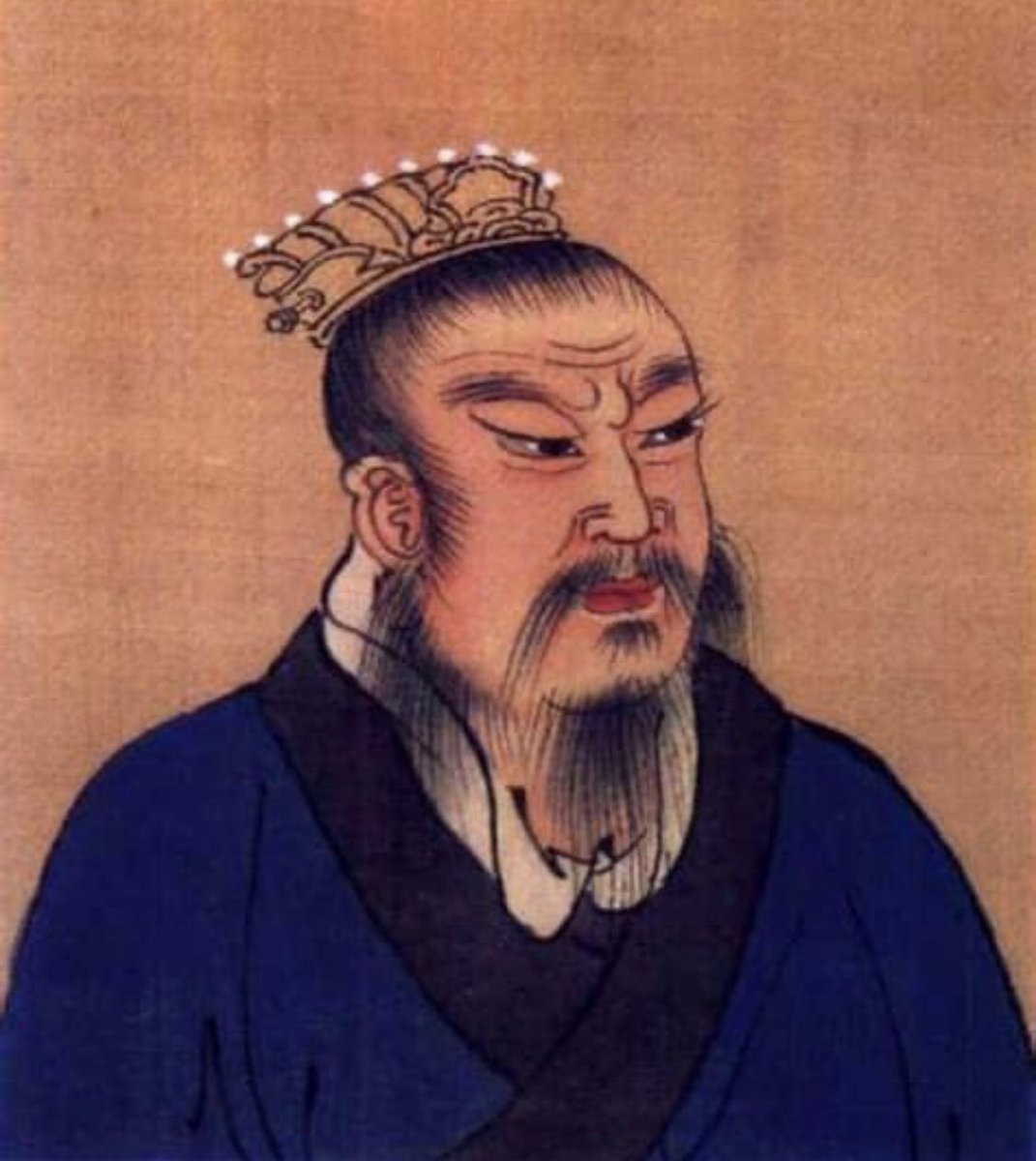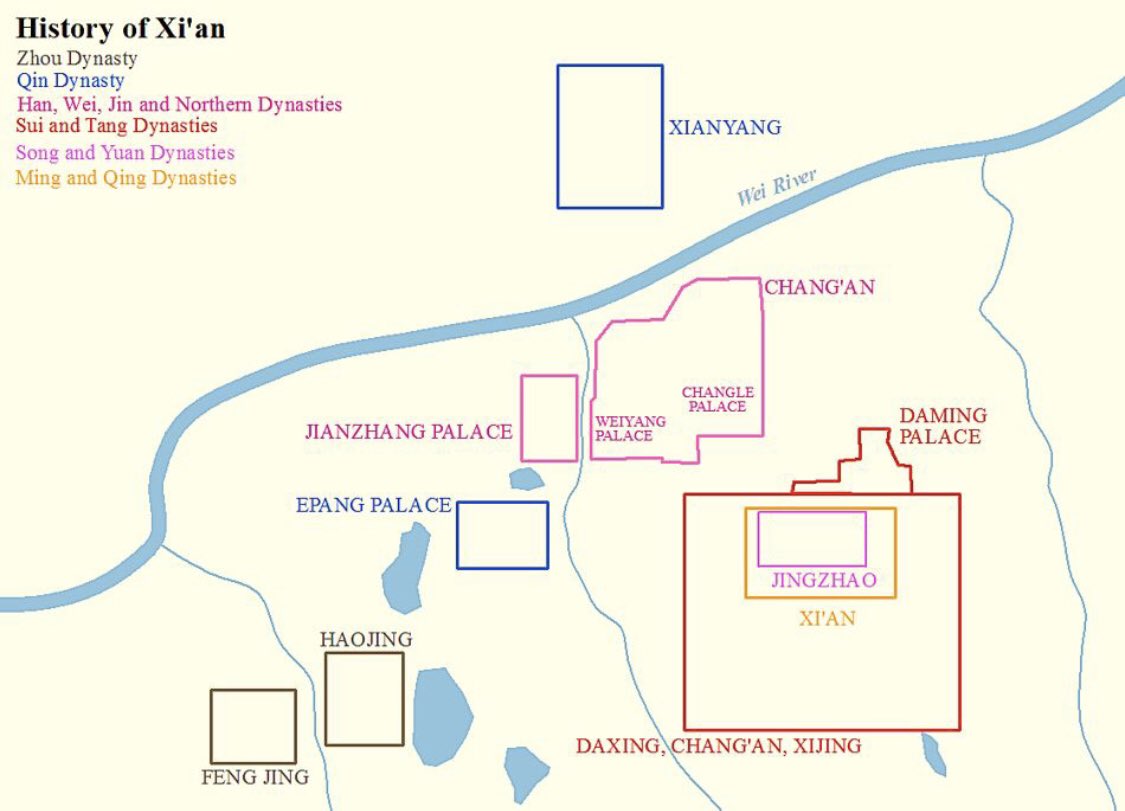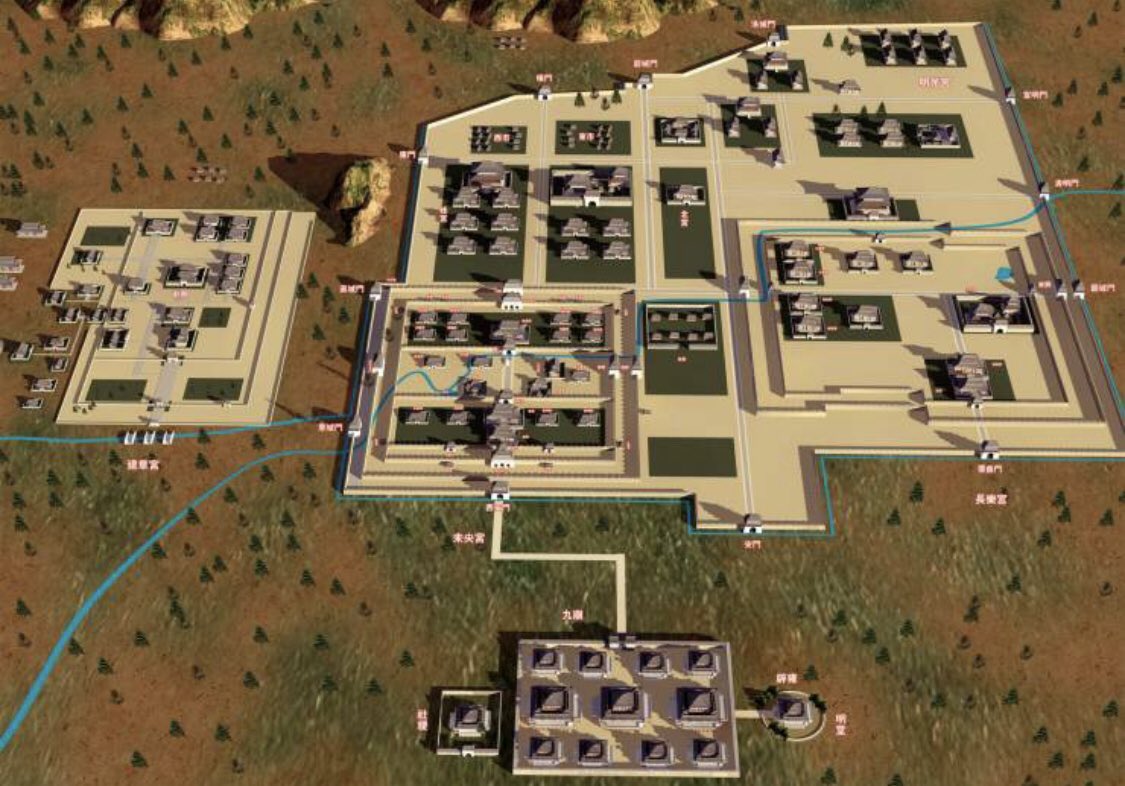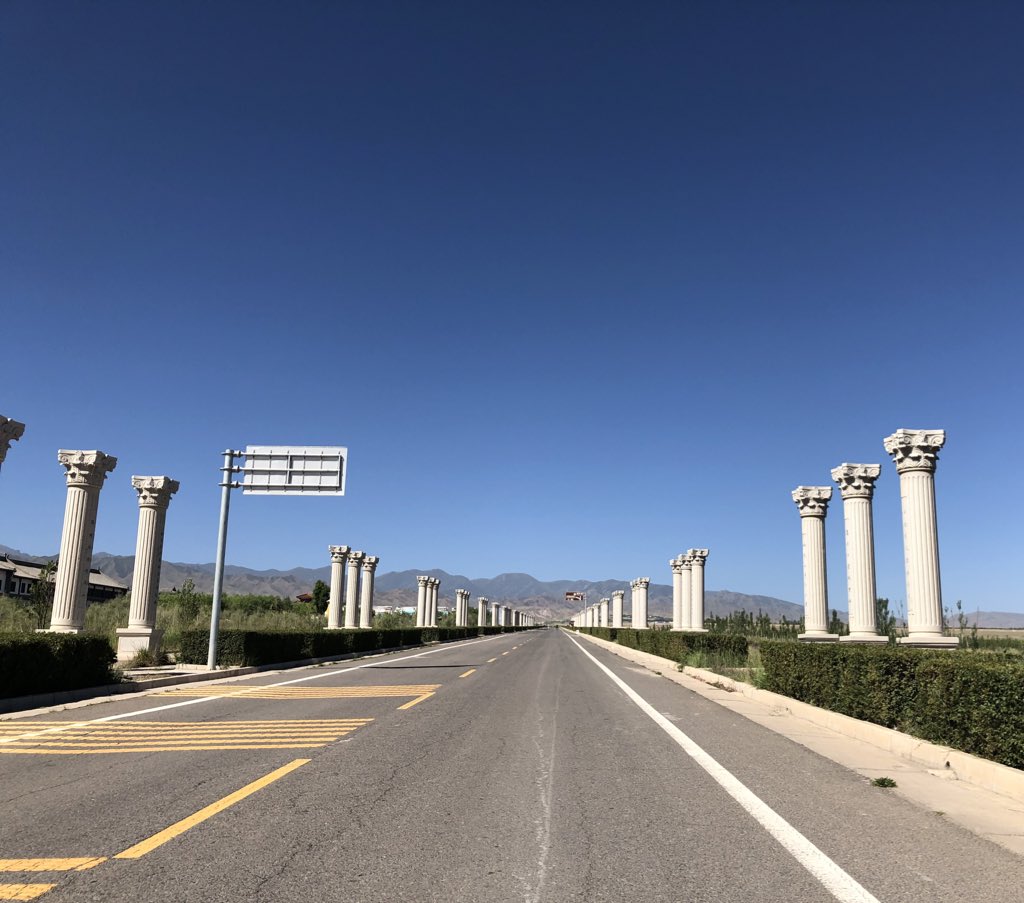
A thread 🧵 on most tremendous of places.
Little Ruicheng 芮城 lies north of the Yellow River, amid loess plateaux and a painfully long drive from nearest train station.
But a worthwhile trek is met by Daoist Yongle Palace 永乐宫, one of China’s most rewarding temples… 1/

Little Ruicheng 芮城 lies north of the Yellow River, amid loess plateaux and a painfully long drive from nearest train station.
But a worthwhile trek is met by Daoist Yongle Palace 永乐宫, one of China’s most rewarding temples… 1/


Eagle eyed will tell from the gatehouse the temple is old - roof style with Chiwen dragons is classic Yuan, built shortly after Kublai’s invasion of China.
Incredibly, including gatehouse, Yonglegong has *four* buildings of this pedigree - unparalleled.
But look inside…. 2/4



Incredibly, including gatehouse, Yonglegong has *four* buildings of this pedigree - unparalleled.
But look inside…. 2/4




…where this Daoist landmark truly blew my mind is its almost totally intact interiors.
Particularly the two main halls are smothered in frescoes (based on Tang archetypes), with fully painted caisson ceilings and sunken zaojing 藻井 inverted domes.
What more can I say? 3/4



Particularly the two main halls are smothered in frescoes (based on Tang archetypes), with fully painted caisson ceilings and sunken zaojing 藻井 inverted domes.
What more can I say? 3/4




The temple has another amazing secret - for in the late 50s it was painstakingly moved, piece by piece, from a site ~50km lower down the Yellow River valley to build the Sanxiamen reservoir.
Astonishing craftwork going into the operation is documented at an on-site museum. 4/4


Astonishing craftwork going into the operation is documented at an on-site museum. 4/4



PS just to south - walls of a city of the state of Wei 魏国; and a Song pagoda.
Elsewhere Ruicheng has a famed Song building dedicated to its city god 城隍庙, but closed at time of visiting; and I learn later from database @xujnx shared also a small Tang shrine.
Next time!



Elsewhere Ruicheng has a famed Song building dedicated to its city god 城隍庙, but closed at time of visiting; and I learn later from database @xujnx shared also a small Tang shrine.
Next time!




• • •
Missing some Tweet in this thread? You can try to
force a refresh














